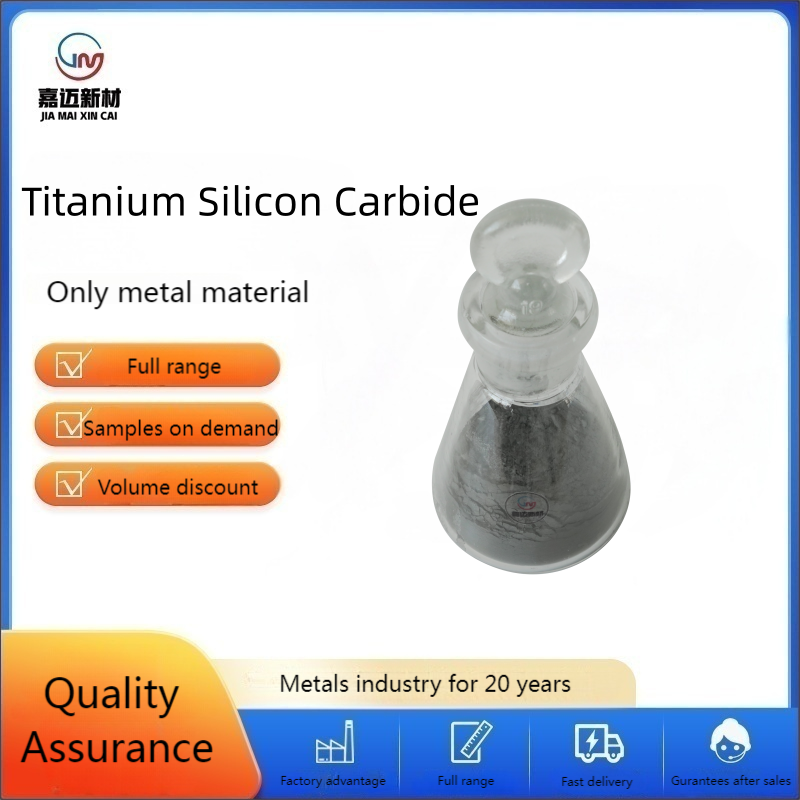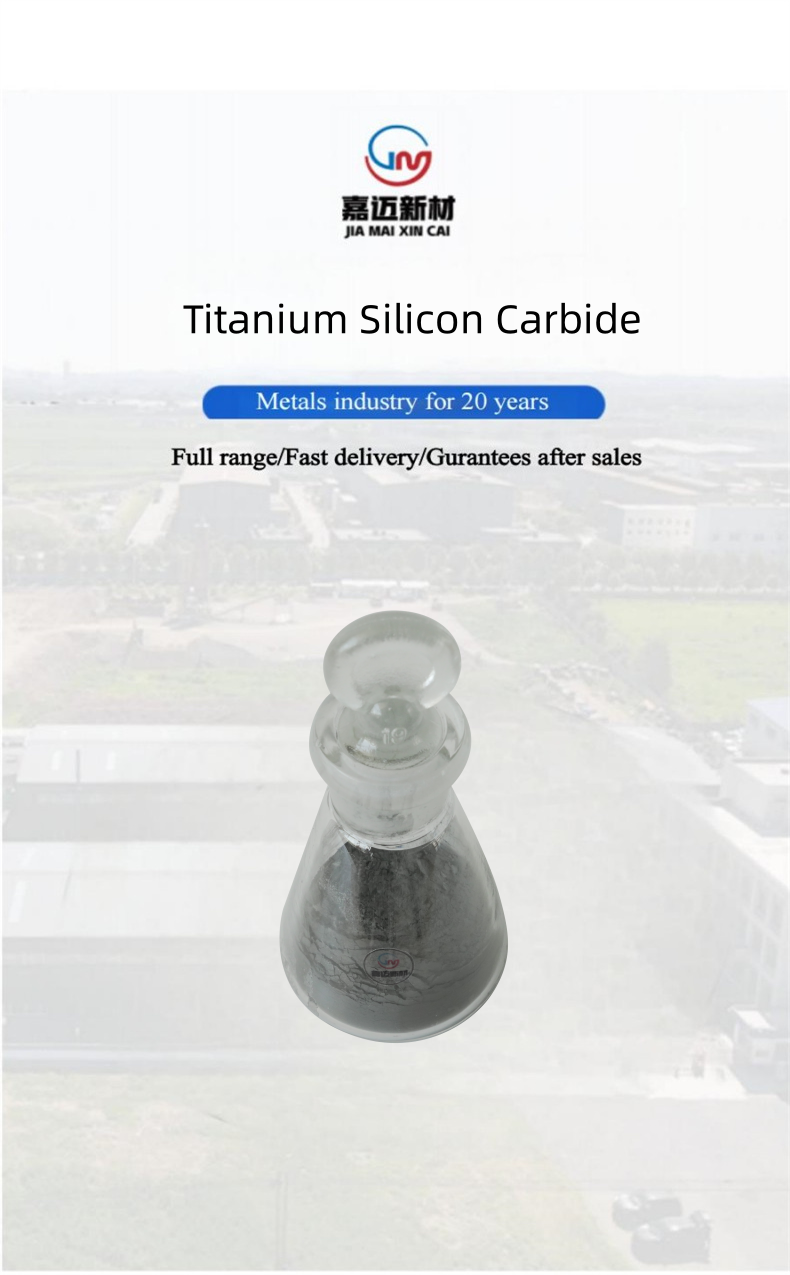
Silicon titanium carbide Ti3SiC2
Form: Black powder
Size: 325 mesh (12.9 microns)
Density (g/cm ³) : 4.53
Cas: 12202-82-3
Molecular weight: 196.0
Purity: 98%

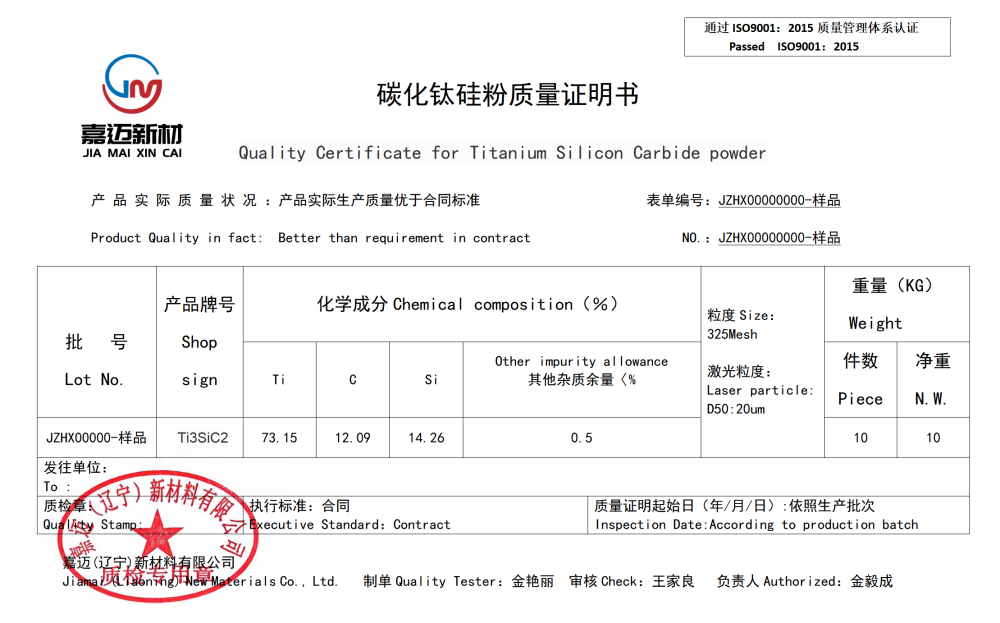



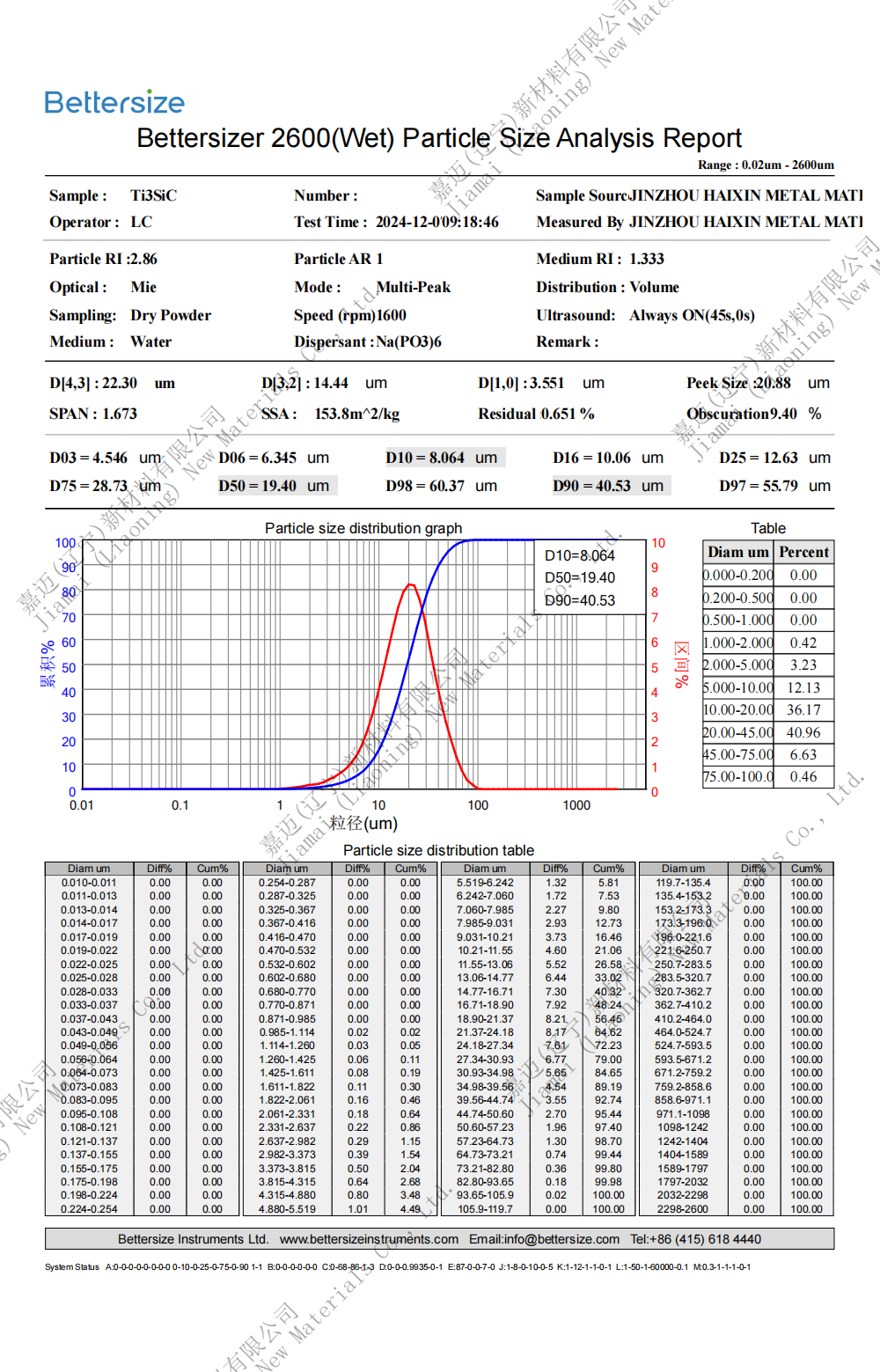
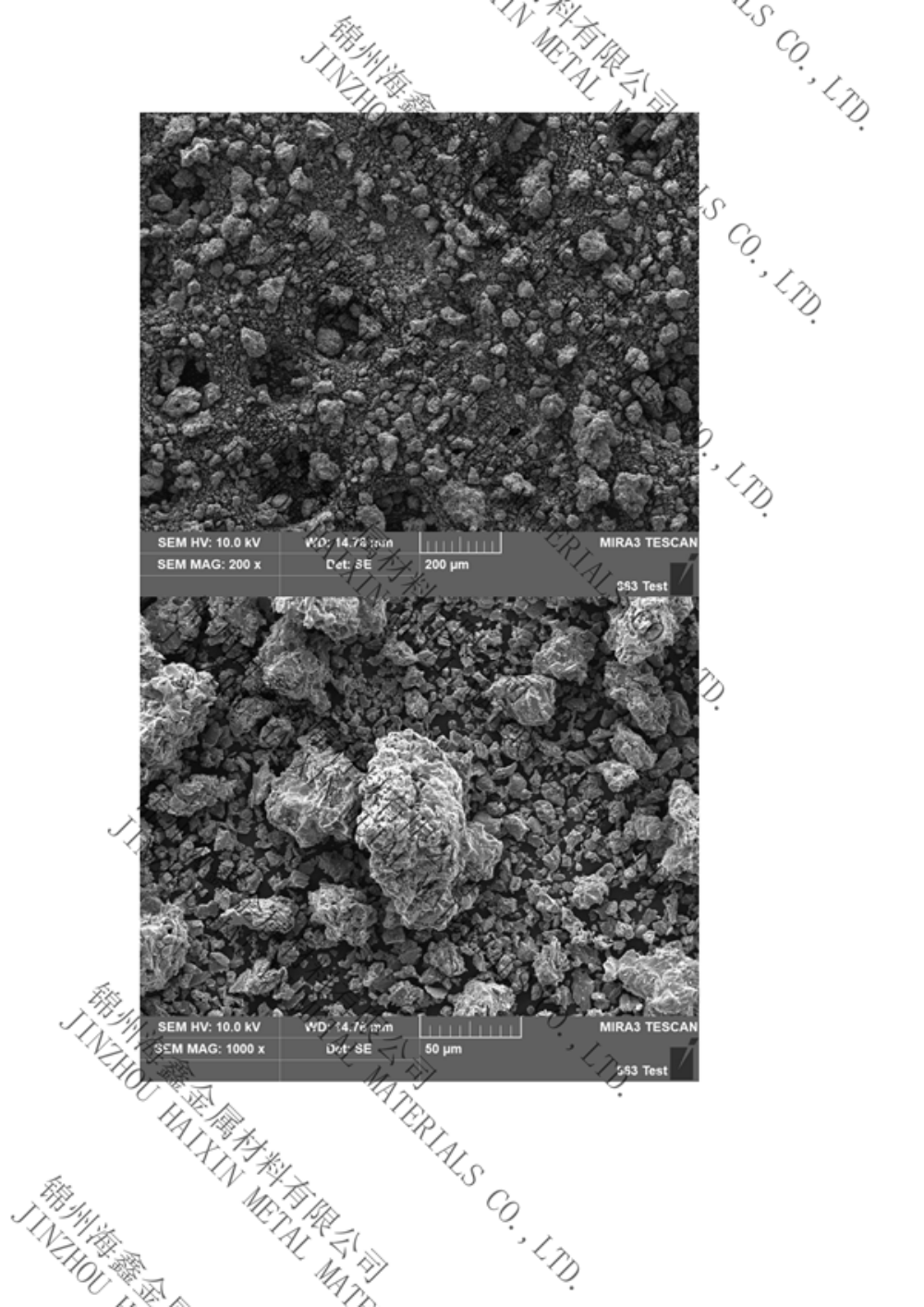
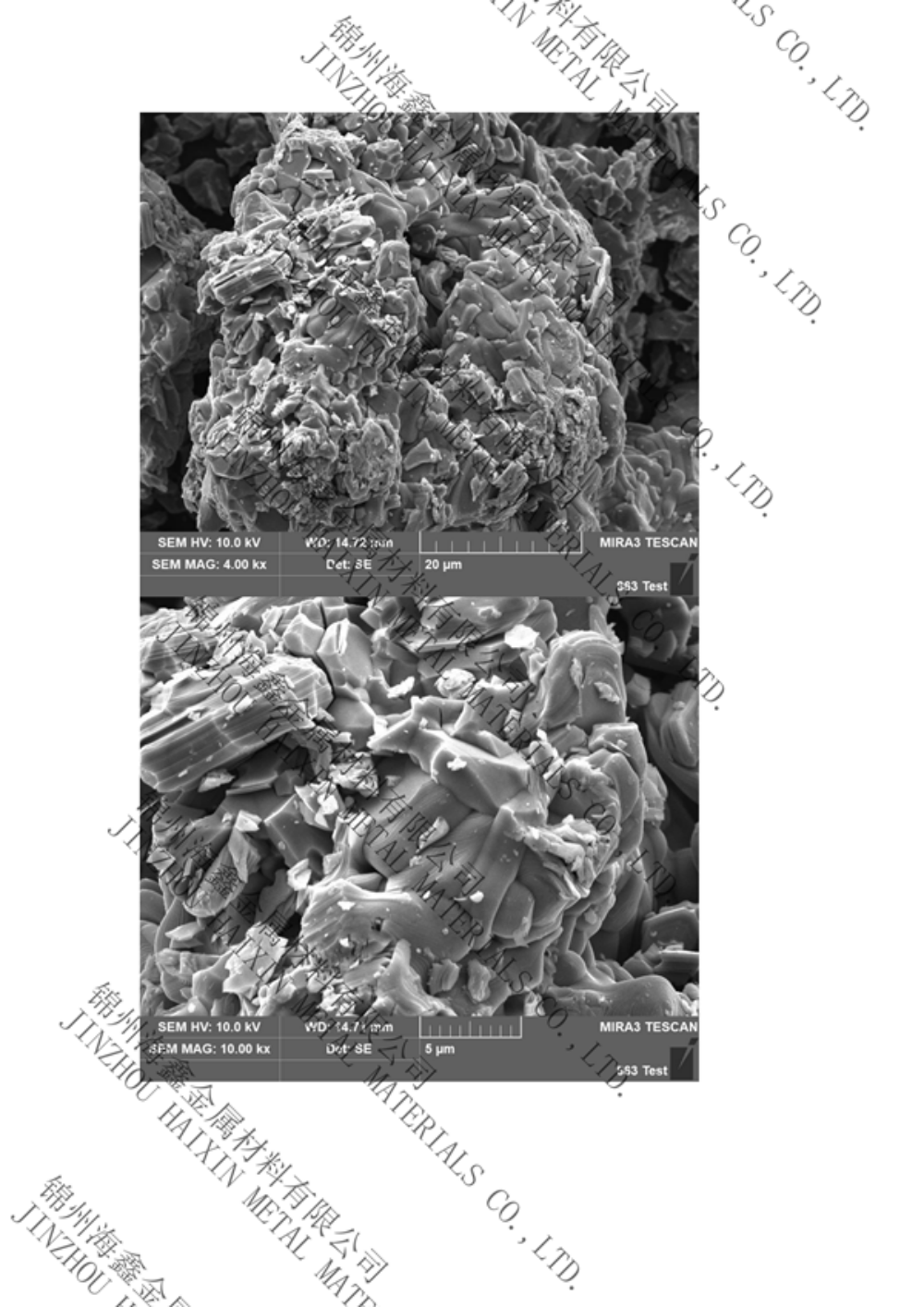
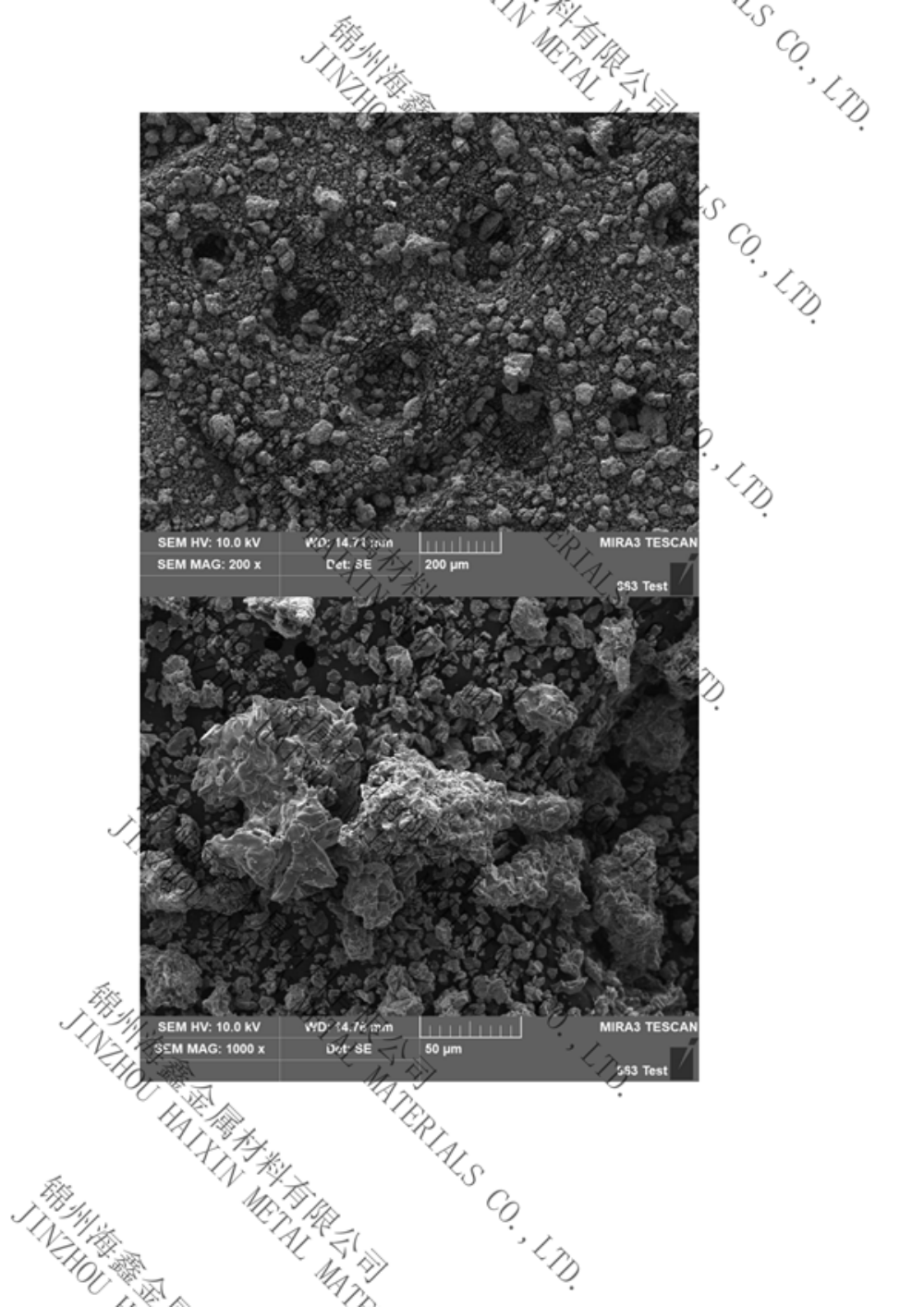
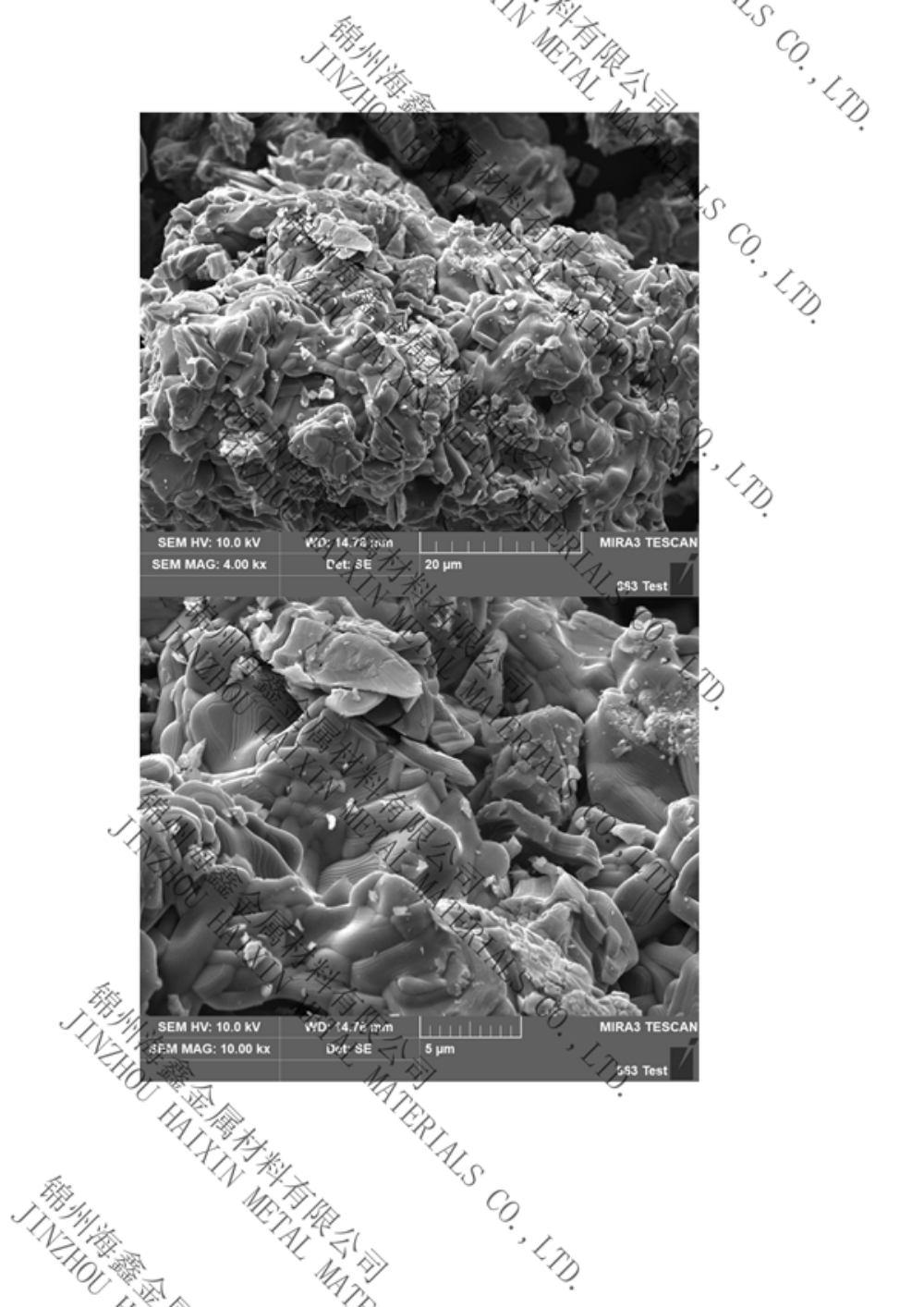
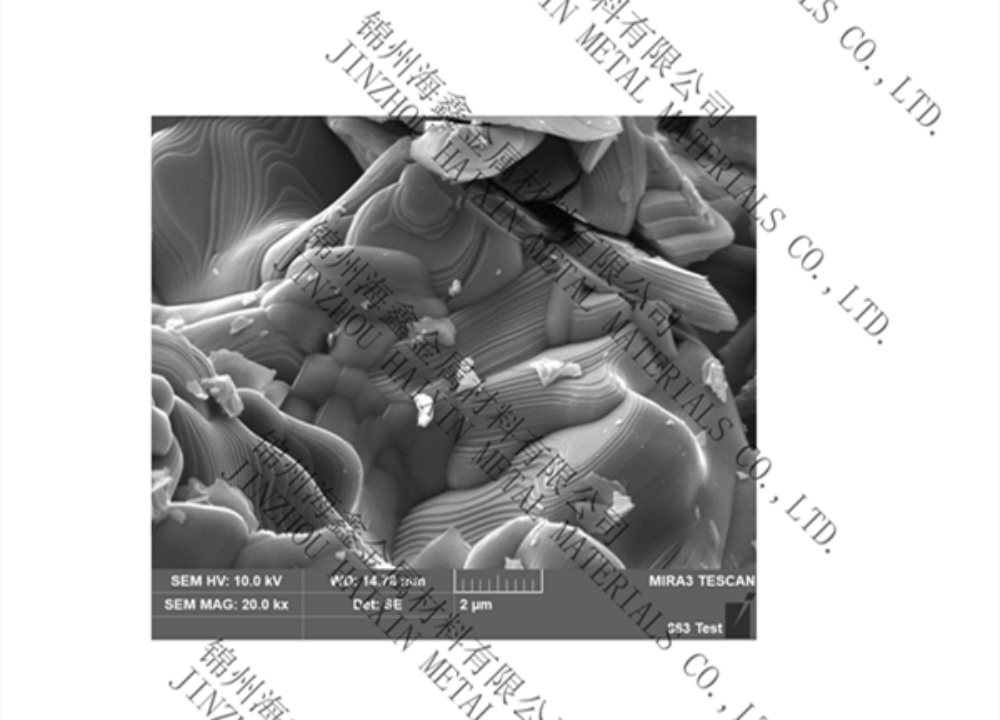



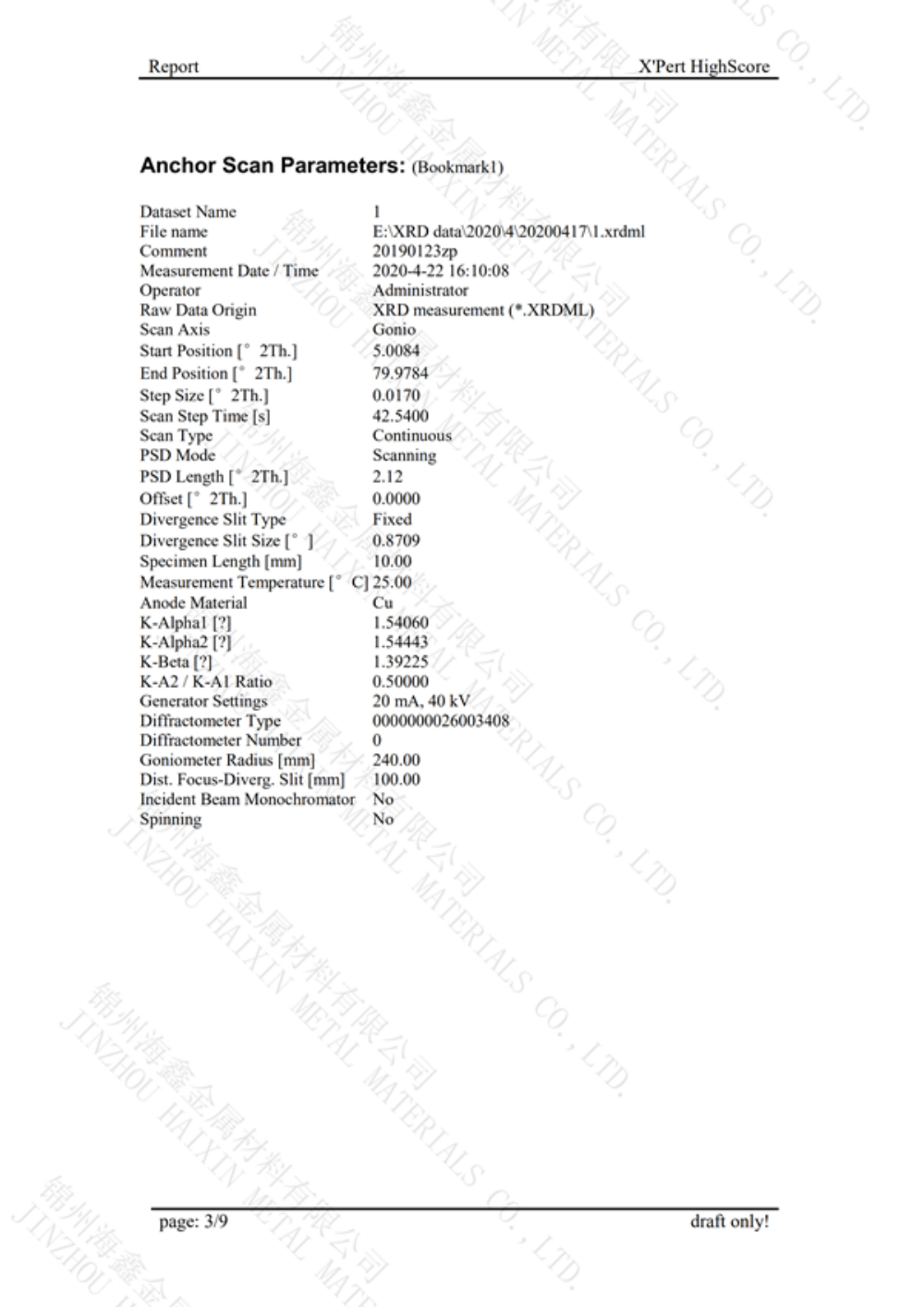
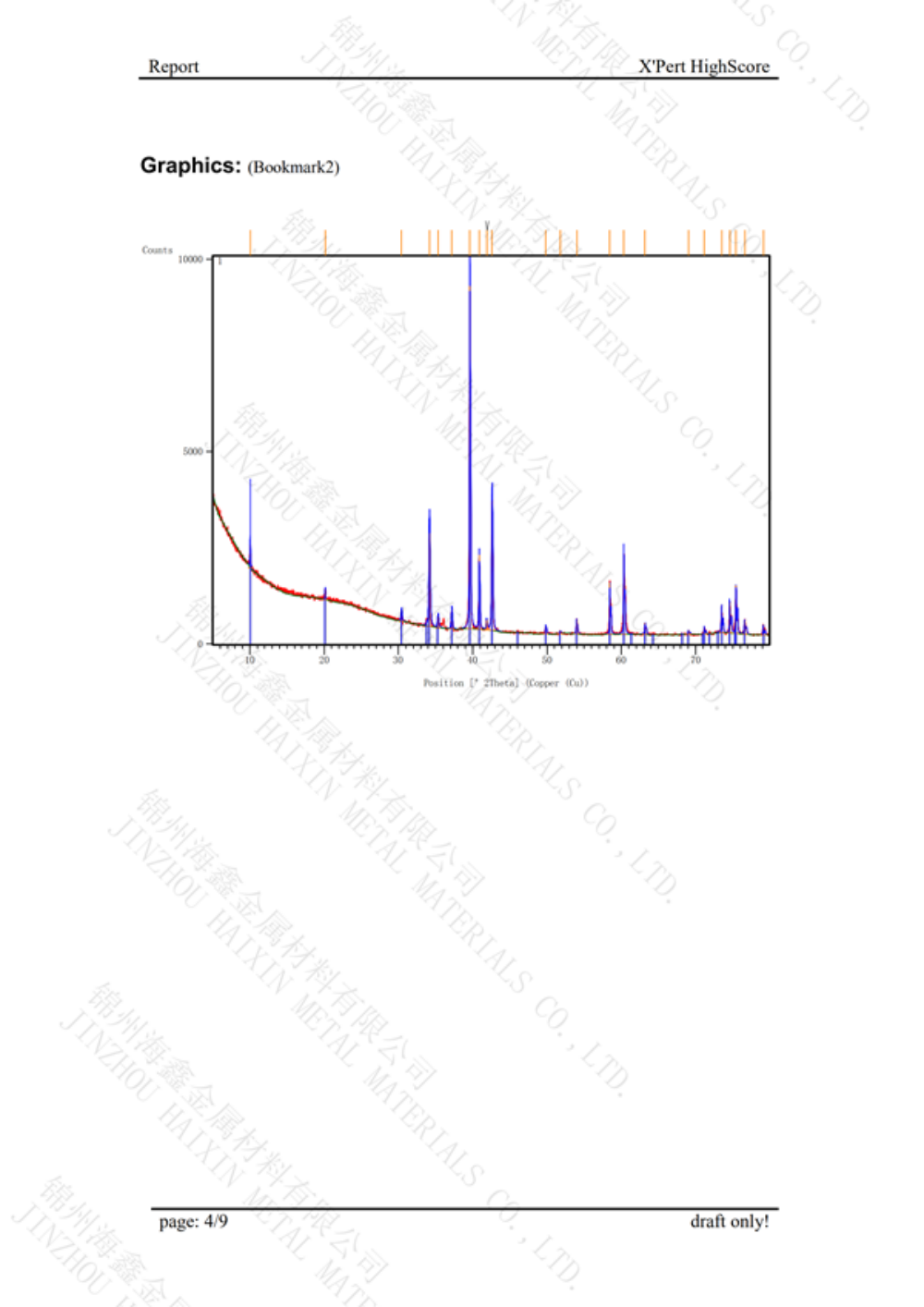
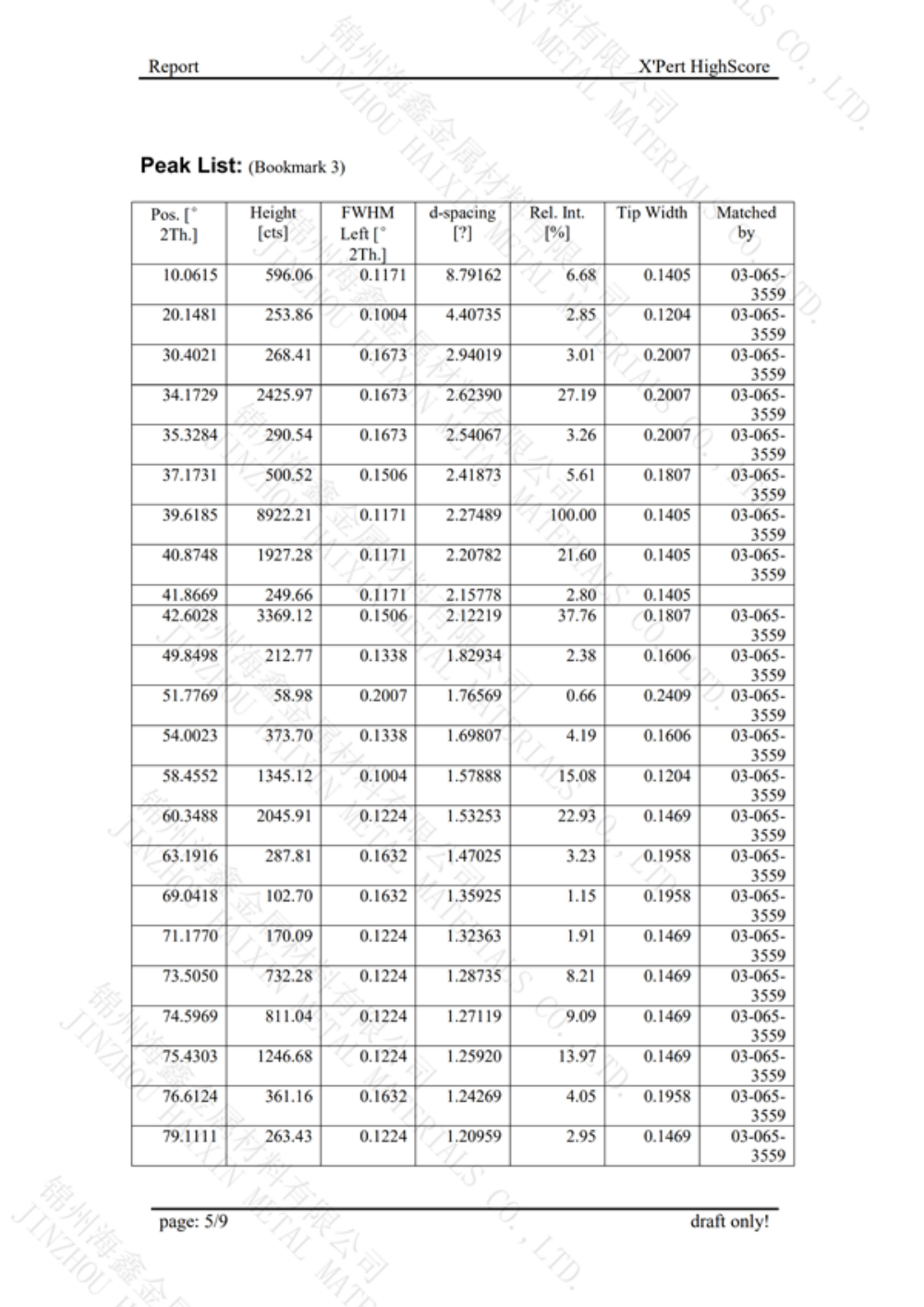
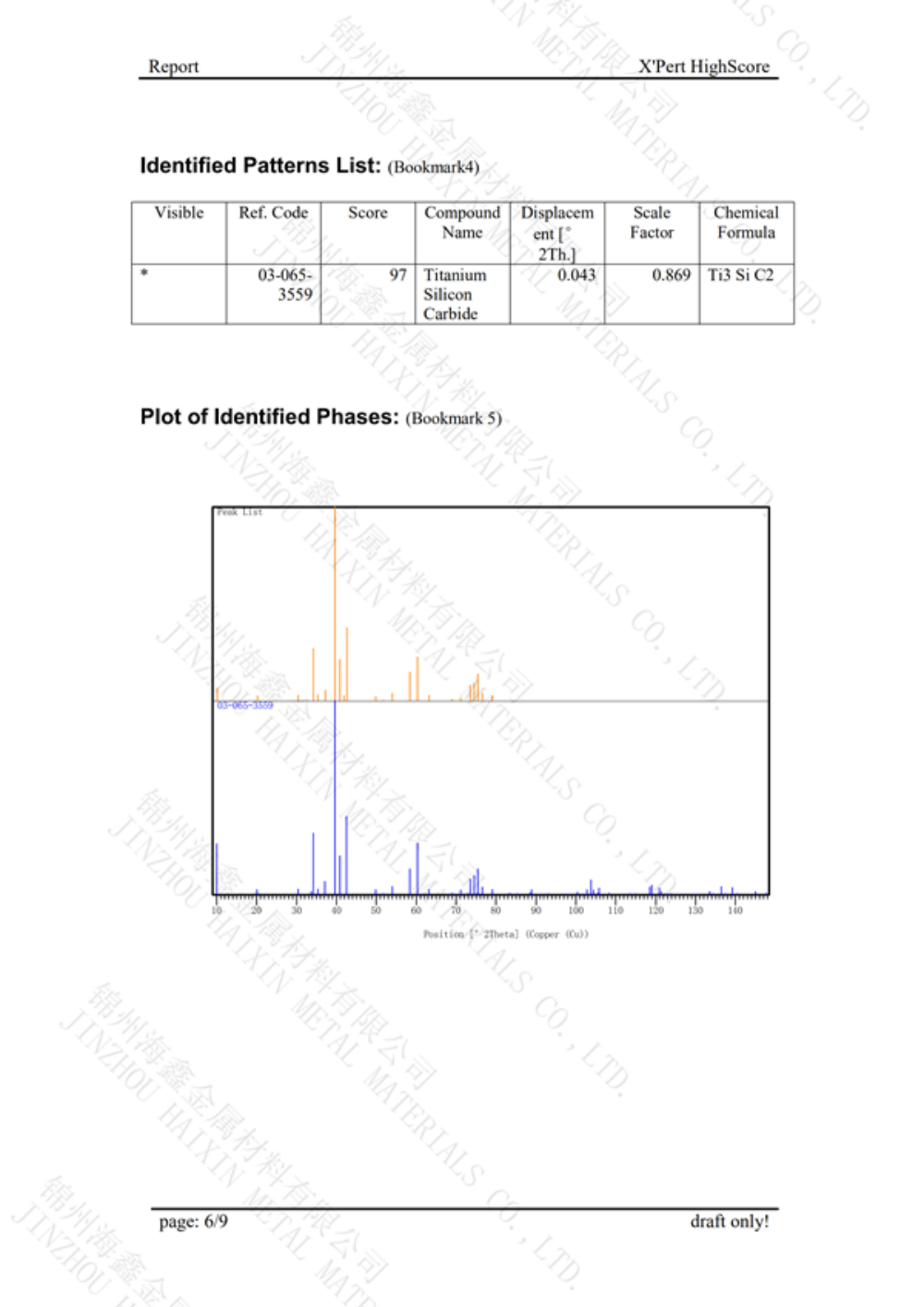
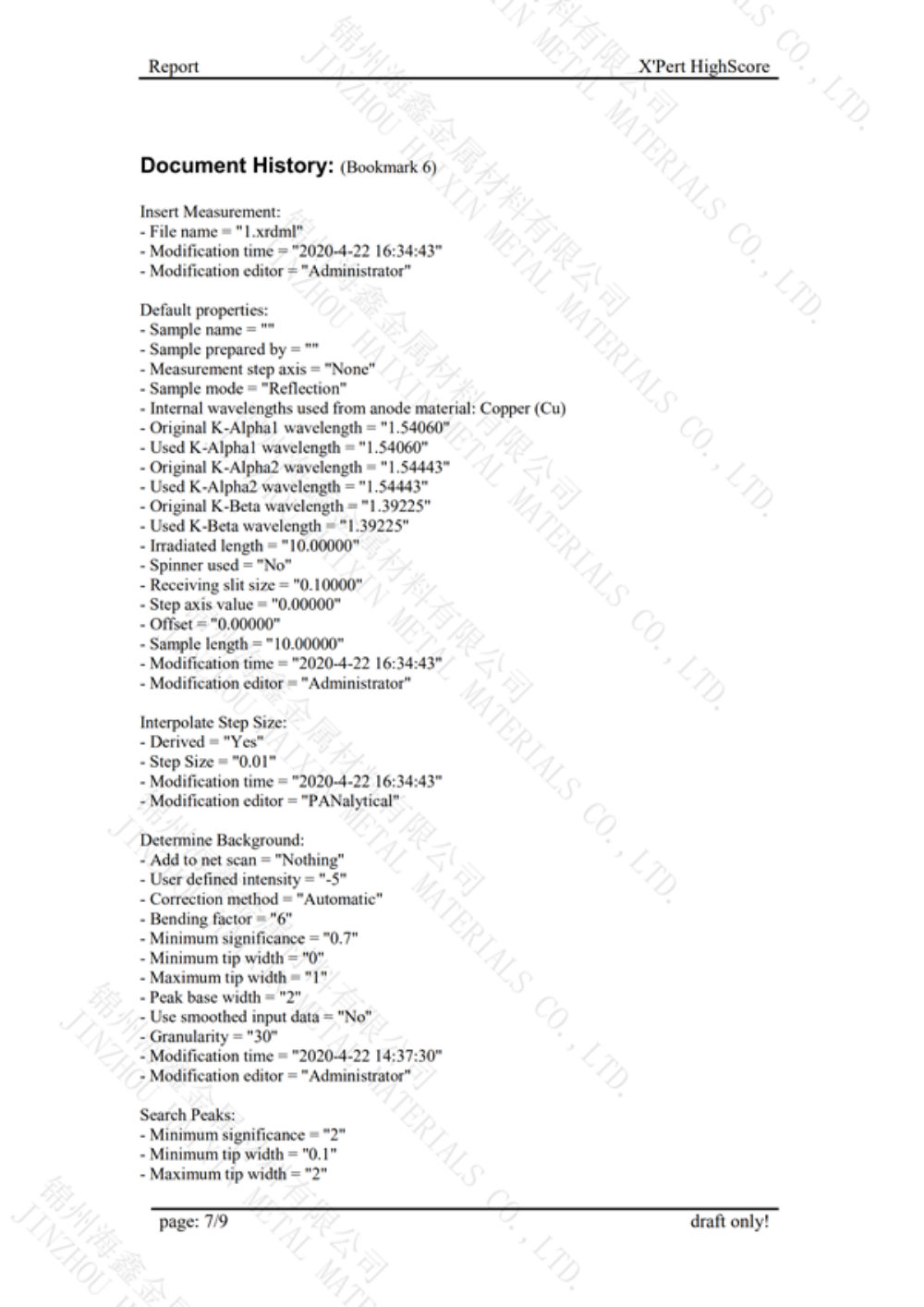
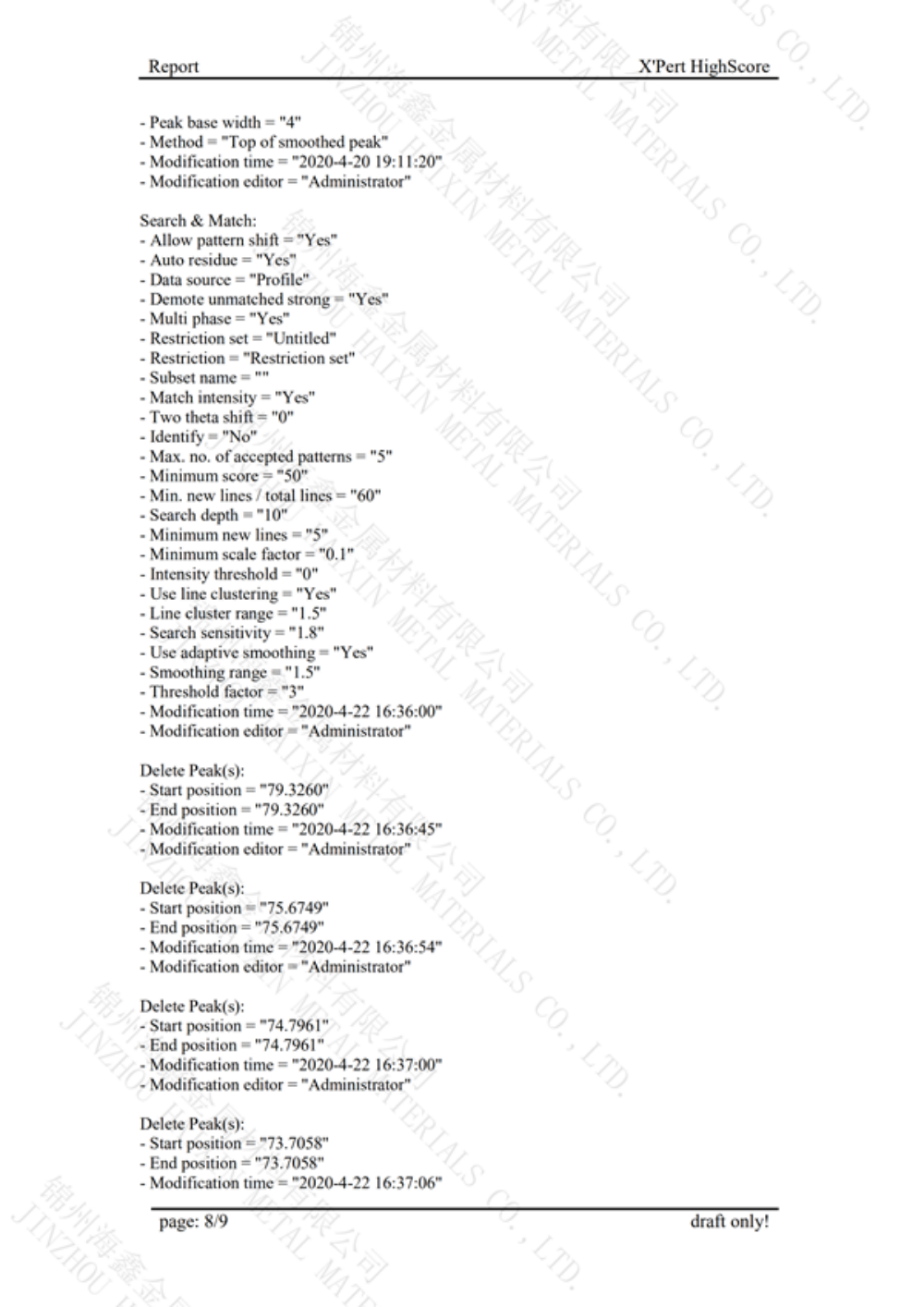


In recent years, materials scientists have synthesized a new class of type 312 ceramic materials, whose general formula is M3XZ2, in which M is one or several transition metal elements (such as Ti, V, etc.), X is one or several main group elements, and many III and IV main group elements (such as Al, Ge, Si, etc.). Z is one or several non-metallic elements (such as C, N, B, etc.), 312-sex ternary compounds currently studied are mainly Ti3SiC2, Ti3AlC2, Ti3GeC2. They have the same crystal structure and belong to the P63/mmc space group. A typical example of this class of compounds is Ti3SiC2. This paper briefly introduces the Ti3SiC2 ceramic material.
First, what is Ti3SiC2 layered ceramic material
Titanium silicon carbide Ti3SiC2 (Titanium silicon carbide) is a comprehensive ceramic material, which has high temperature resistance, oxidation resistance and high strength properties, and has the electrical conductivity, thermal conductivity, workability and plasticity of metal materials. The development opportunity of this material is roughly in the 1980s, due to the rapid development of fiber, whisker and other reinforcing agents and the requirements of high thrust-to-weight ratio of aviation engines, ceramic matrix composites have become a research hotspot. Its toughness is improved by fiber and whisker reinforcement, but it is still difficult to apply because of high preparation cost and poor reliability. In response to this problem, researchers began to explore high-temperature materials with both metal and ceramic properties, and finally found a titanium silicon carbide (Ti3SiC2) in the Ti-Si-C system. Ti3SiC2 has good thermal and electrical conductivity at room temperature, relatively low Vickers hardness and high elastic modulus. It is malleable at room temperature, can be processed like a metal, and has plasticity at high temperature; At the same time, it has the performance of ceramic materials, high yield strength, high melting point, high thermal stability and good oxidation resistance, and can maintain high strength at high temperatures. More significant is that it has lower friction coefficient and good self-lubrication performance than the traditional solid lubricants graphite and molybdenum disulfide.
As early as December 2005, China's Ministry of Science and Technology issued a dynamic saying: A new generation of high-speed train pantograph skateboard made of Ti3SiC2 series conductive ceramics with independent intellectual property rights has been successfully developed in China under the theme of high-performance structural materials technology under the National 863 program. The project undertook by Beijing Jiaotong University after two years have conquered high-purity Ti3SiC2, Ti3AlC2, Ti2SnC and other ceramic powder batch synthesis technology, skateboard manufacturing process, completed the physical and chemical properties of the study, skateboard loading assessment operation. The Ti3SiC2 series ceramic slide successfully developed by the research group has significant characteristics such as high conductivity, impact resistance, wear resistance, arc ablation resistance, and small wear to the contact cable, which effectively solves the problems of fast wear, easy breakage, and great damage to the contact cable of the carbon-based slide and powder metallurgy slide used at home and abroad. The Ti3SiC2 series ceramic slide successfully developed in that year played an important role in the development of this high-speed process of China's railway.
Second, the main properties of Ti3SiC2 layered ceramic materials
Ti3SiC2 combines the characteristics of ceramics and metals. Its high elastic modulus, high melting point and high temperature stability reflect the properties of similar ceramics. The high electrical conductivity, high elastic modulus, high melting point and high temperature stability reflect the ceramic-like properties.
Table 1. Main properties of Ti3SiC2 ceramic materials (room temperature) The damage resistance of Ti3SiC2 has been studied, and the subgrade under its indentation indicates a large pseudo-plastic damage zone. The reason is that Ti3SiC2 has multiple energy absorption mechanisms during contact damage, such as diffusion micro-crack, crack deflection, grain pulling out, grain bending and so on. Moreover, this kind of material has a good self-lubricating property. This material has wide application prospects as high temperature structural material, brush material, self-lubricating material, heat exchange material and so on. However, the relatively low hardness, wear resistance and oxidation resistance of other ceramic materials limit its application in sensitive applications such as fatigue resistance, wear resistance and oxidation resistance.
Third, the application of Ti3SiC2 layered ceramic materials
(1) Biomedical applications
In dentistry, materials or components used in the oral environment are required to withstand long-term oxidation, maintain stability, and need to have good machinability and plasticity. Ti3SiC2, which has both the properties of ceramic materials and metal properties, and has good biocompatibility, makes it possible to apply it to the human body.
Ti3SiC2 can be machilled to precisely sized threads without lubricant, so it can be made into implants or prostheses for clinical applications in oral medicine.
The elastic modulus of Ti3SiC2 is closer to enamel or dentin than zirconia (1.9×105MPa), which increases its potential for use in post or porcelain crowns.
Ti3SiC2 materials derived from self-propagating high temperature contain porous structures, which may be easier to organize and bind to. The low coefficient of friction makes it possible to use it in orthodontics to increase slippage and reduce frictional resistance. Corrosion resistance and oxidation resistance are important conditions for the material to be used in the oral environment and maintain its stability. The material and porcelain powder are ceramic materials, and the combination degree may be better than the combination of metal and porcelain, so the application range may be wider for porcelain dental crowns. However, in the currently known preparation method of Ti3SiC2, the preparation process must be improved to obtain pure Ti3SiC2 blocks, so as to learn more and more accurate properties of the material. Further laboratory and clinical studies are needed to confirm the biocompatibility and oral clinical practicability of the material.
(2) The application of refractory materials
With the promotion of rapid firing technology in the ceramic industry, the cycle cycle of kiln furniture is getting shorter and shorter, and the use conditions are more demanding, so it is necessary to constantly improve the thermal shock resistance of kiln materials to meet the development needs of rapid firing technology in the ceramic industry. As a kind of high-grade refractory material, the quality of kiln furniture has an important impact on the quality of fired products. Ti3SiC2 ceramic material is not sensitive to thermal shock, and its unique layered structure and plastic behavior at high temperatures can alleviate the effect of thermal stress. The residual strength of the material after the thermal shock of △T=1400℃ is still above 300MPa, and the thermal shock resistance can withstand the temperature difference of 900℃. At the same time, Ti3SiC2 ceramic material has the advantages of good chemical corrosion resistance, easy processing and low relative cost of raw materials, making it an ideal kiln material that can be developed.

